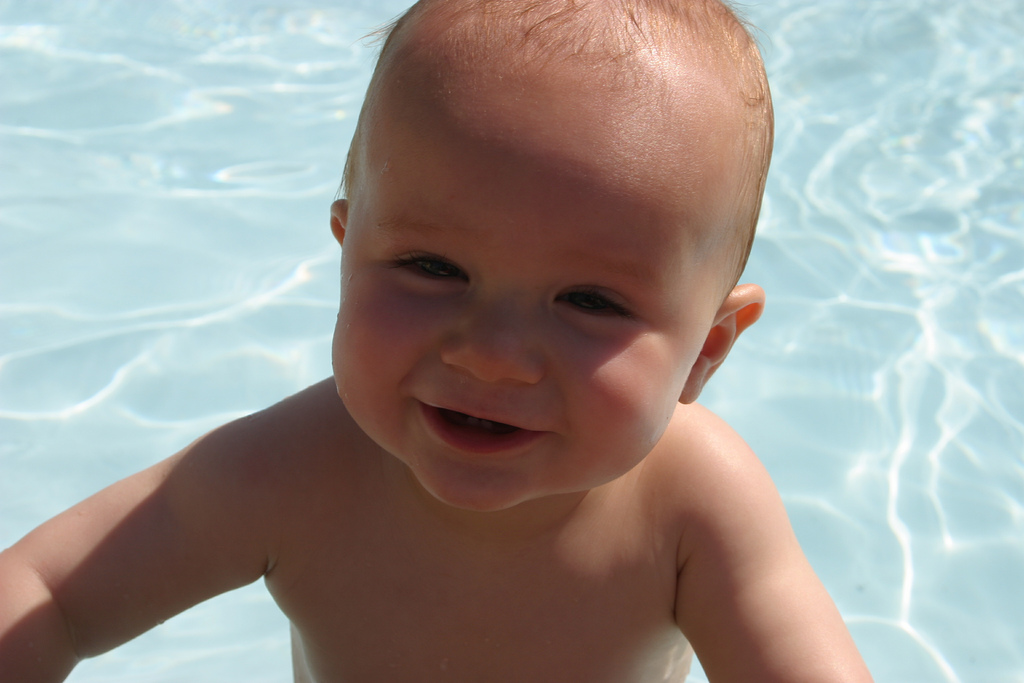How to increase the life of your pool plaster
Posted by Justin Petri in Pool Maintenance, Pool Remodeling | March 22, 2011So you’ve got some brand new pool plaster and your pool is the envy of the neighborhood… GREAT! (No? Maybe you should check out our Designer Plaster Series from Noble Tile)
Now, how do you keep it looking brand new? Here are a few simple tips that will help save you money in the long run:
– Keep the chemical levels balanced!
– Maintain a pH between 7.4 – 7.8. Swimming pool alkalinity (the amount of carbonates and bicarbonates in the water) should be kept between 80 – 120ppm. “Alkaline” is the condition where the water’s pH is above 7.0; it’s the opposite of “acidic” and is measured in “parts per million” (ppm). A low pH creates slightly acidic pool water, which could result in etching. Etching gives dirt and algae a really cozy home; it’s rough to the touch and makes your plaster anything but pretty.
– Keep calcium hardiness levels between 200 – 400ppm. The calcium hardiness level is key to maintaining plaster! If the levels are too low, your swimming pool has “soft water”, which will result in the slow breaking down of your beautiful plaster. The water essentially sucks the calcium it wants right out of it. If calcium hardiness levels are too high, stains may form on the plaster from excessive amounts of calcium or magnesium found in the fill water.
Or… you could give us a call. The simplest and surest way to keep your pool and pool equipment in good shape (and save money in the long run) is to treat it right on a regular basis.









